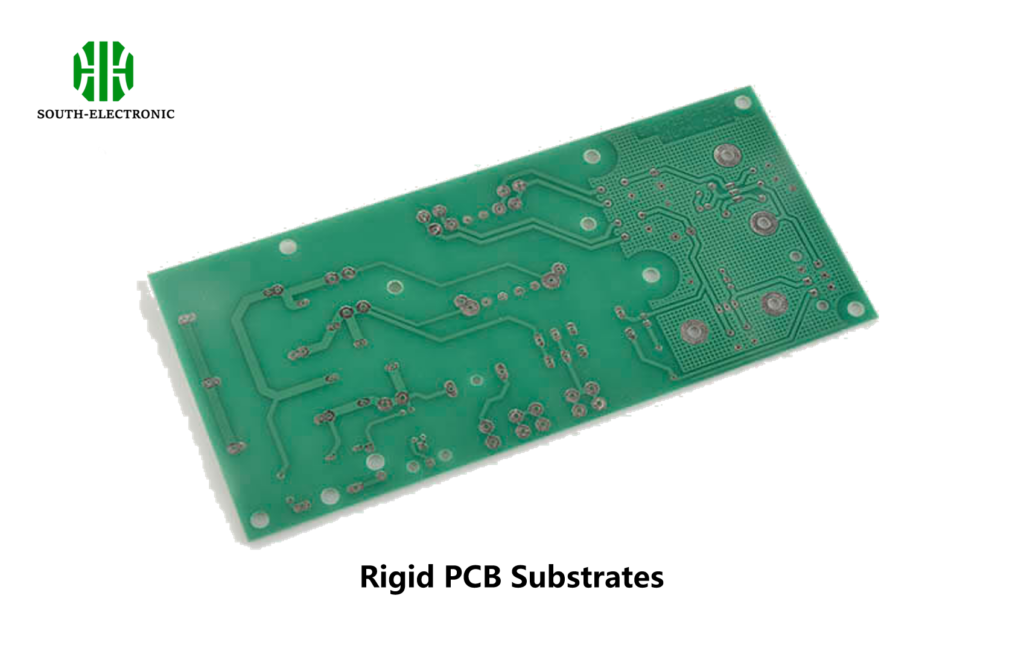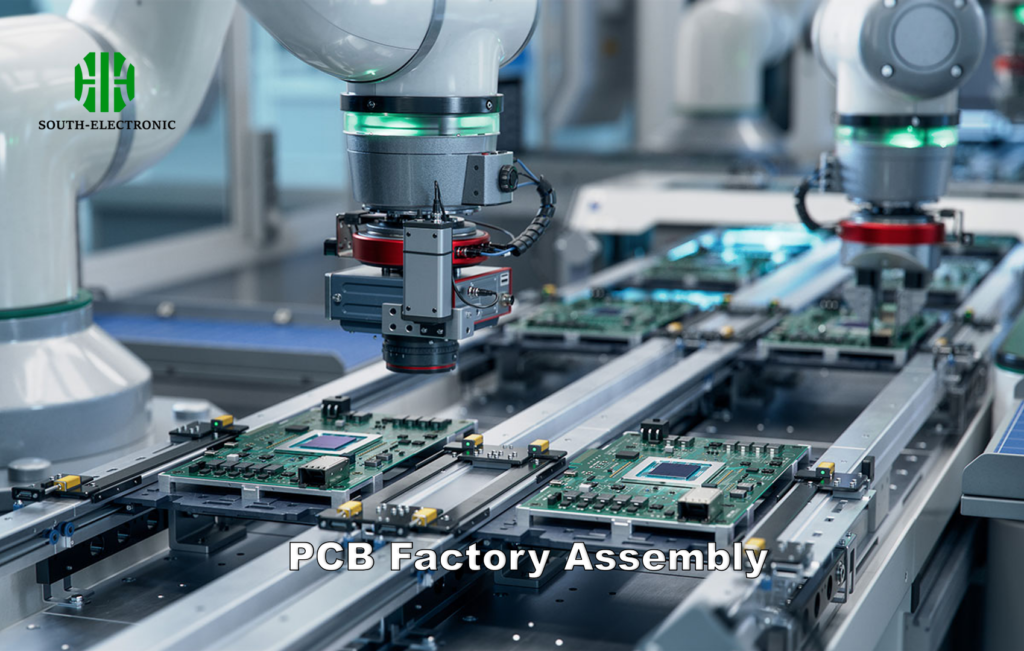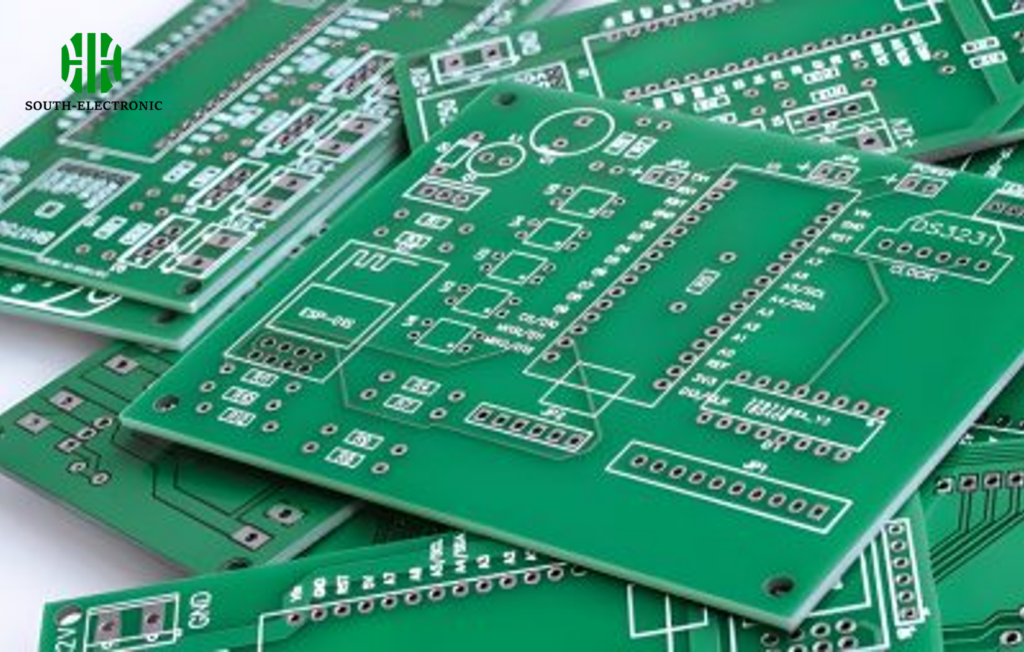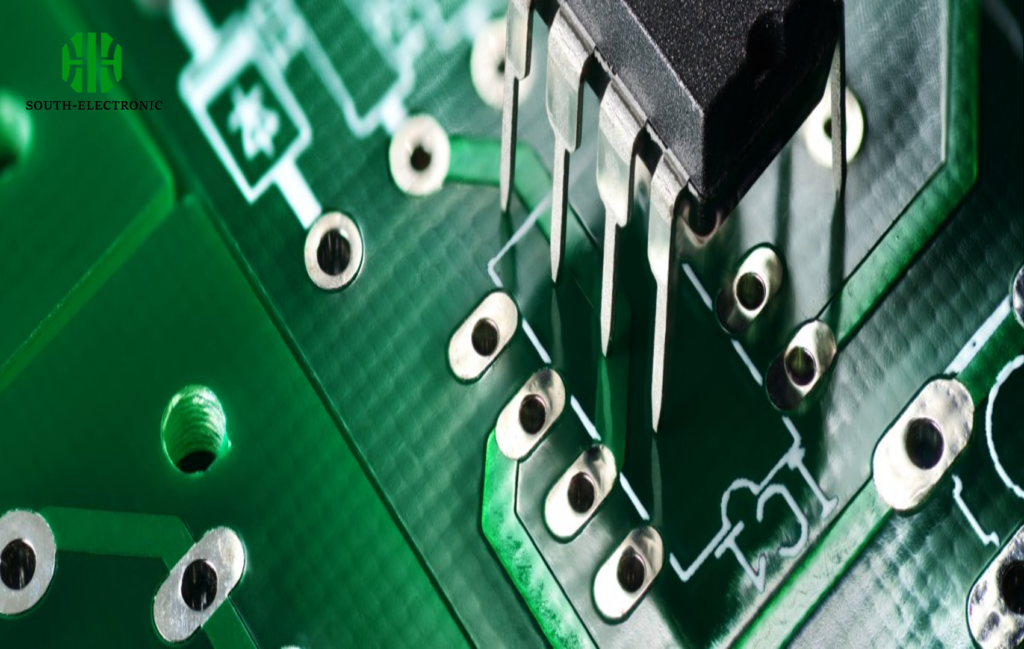Ever tried troubleshooting a dead device, only to find a burnt circuit board inside? That rigid green canvas wasn’t born finished—it transformed through fire and chemistry.
Rigid PCBs[^1] start with laminating epoxy resin onto fiberglass, then use photolithography[^2] to etch copper circuits, drill holes, plate them, and finally coat with protective solder mask and silkscreen. This structured process ensures reliability for devices needing solid foundations, unlike flexible alternatives.

Understanding this production flow explains why your gadgets last for years. Now, let’s decode what makes these boards affordable—or painfully expensive.
What Factors Affect the Cost of Rigid PCB?
Ever panic when seeing wildly different quotes for identical PCB specifications? Hidden cost dragons lurk in plain sight.
Material grades, layer count[^3], turnaround speed, and order volume heavily impact rigid PCB pricing. Premium FR-4[^4] and lead-free finishes[^5] cost 20-30% more, while urgent orders triple quotes. Bulk orders slash per-unit prices dramatically.

Price variance isn’t random—it reflects concrete engineering tradeoffs. Let’s dissect this systematically:
Key Cost Variables Table
| Factor | Impact | Example Scenarios |
|---|---|---|
| Base Material | High | Standard FR-4 vs. High-Tg Rogers |
| Layers | Exponential | 2-layer: $0.05/in² vs. 8-layer: $0.45/in² |
| Surface Finish | Moderate | HASL ($) vs. ENIG ($$$) |
| Quantity | Tiered | 100pcs: $3/unit vs. 10,000pcs: $0.80/unit |
For complex boards, rigid-flex PCB boards increase cost 15-40% due to hybrid manufacturing constraints.
PCB board price in China averages 10-30% below India due to scaled factories and material subsidies. However, shipping and import duties often erase this gap—compare landed costs meticulously. Labor-intensive steps like hole-plating dominate expenses. Automation cuts this, but high-maintenance machinery impacts universal PCB board price structures across regions.
What Industries and Products Use Rigid PCB Boards?
Notice how your car’s dashboard survives winter frost and summer heat? That resilience isn’t accidental—it’s rigid PCBs at work.
Automotive controls, industrial robotics, medical monitors, and smart home hubs depend on rigid PCBs for stability. These boards endure vibration, temperature swings, and electrical noise where flex circuits fail.

Why choose rigidity over flexibility? The answer lies in operational demands:
Hardware Demanding Rigid Circuits
| Industry | Product Examples | Rigid PCB Benefit |
|---|---|---|
| Medical | MRI Machines, Ventilators | Signal integrity in EMI-heavy environments |
| Industrial | CNC Controllers[^6], PLCs | Vibration resistance |
| Consumer | Gaming Consoles, Routers | Cost-effective mass production |
| Automotive | Engine ECUs, ABS Systems | Thermal resilience (-40°C to 150°C) |
Medical devices use 10+ layer rigid PCBs for precision analog measurement—a $200 board prevents $2M equipment failure. Automotive grade PCBs cost 3× more than consumer equivalents but handle engine heat and salt exposure. Compare failure rates: industrial rigid boards last 15+ years; generic flexible circuits survive ≈5 years under stress. When crashes could kill, rigidity isn’t optional—it’s engineered insurance.
How to Select the Right Rigid PCB?
Ever ordered PCBs that fried immediately under load? Material ignorance guarantees disaster.
Match board specs to operational stress. For high-heat areas (e.g., near engines), choose FR-4 High Tg. In humid zones, insist on immersion gold plating. For RF signals, PTFE composites prevent signal loss.

Selection is a diagnostic challenge—break it into quantifiable checkpoints:
Specification Prioritization
| Requirement | Critical Parameters | Common Errors |
|---|---|---|
| Thermal | Tg > 170°C, CTE < 50 ppm/°C | Using FR-2 near hot components |
| Electrical | Dk stability 300 MPa | Overlooking mounting hole stress |
For mixed-environment devices (e.g., drones), rigid-flex PCB board designs outlast pure rigid boards by absorbing motion stress.
PCB board price in India surges for High Tg materials[^7] (₹2500 vs. standard ₹1200 per m²)—but skimping causes field failures costing 10× more. Align tolerances with needs: ±0.1mm drilling matters for BGAs but wastes budget on LEDs. For hobbyists, low-cost double-sided boards suffice; for avionics, insist on mil-spec laminates. When reliability overrides cost, over-spec—but document why.
What’s the Difference Between Rigid PCB, FPC, and Rigid-Flex PCB?
Why do smartwatches crackle when dropped, while phones survive? The answer’s in their bone structures.
Rigid PCBs offer stability for fixed installations, FPCs bend for compact devices, and rigid-flex hybrids merge both for 3D packaging—eliminating failure-prone connectors between boards.

Don’t choose blindly—each solves distinct mechanical puzzles:
Structure & Performance Matrix
| Type | Bend Radius | Cost Premium | Space Savings |
|---|---|---|---|
| Rigid | N/A (fractures if bent) | Baseline | Low |
| FPC | ≤10mm dynamic | 25-60% higher | Up to 70% |
| Rigid-Flex | 15x (static only) | 40-100% | 50-85% |
Rigid circuit board dominates industrial settings—imagine bending a server motherboard. FPCs enable rollable displays but can’t dissipate heat like FR-4. Rigid-flex PCBs revolutionized implants: titanium pacemakers house 20-layer folded logic “brains”. Cost analysis reveals traps: cheap FPCs crack after 500 bends; properly designed rigid flex PCB board hybrids withstand 50,000+ flex cycles. If motion and reliability are vital, the premium justifies itself.
Conclusion
Rigid PCBs form electronics’ skeletal system—engineered for stable performance where flexibles fail. Matching material, layers, and cost to your application ensures decades of silent service.
[^1]: Explore the fundamentals of Rigid PCBs to understand their critical role in electronics.
[^2]: Learn about the photolithography process, essential for creating precise circuit designs.
[^3]: Find out how the number of layers in a PCB influences its functionality and pricing.
[^4]: Discover why FR-4 is a popular choice for PCBs and its benefits in various applications.
[^5]: Understand the importance of lead-free finishes for environmental safety and compliance.
[^6]: Learn how rigid PCBs are utilized in CNC Controllers for precision and reliability.
[^7]: Understand the importance of High Tg materials for high-temperature applications in PCBs.



